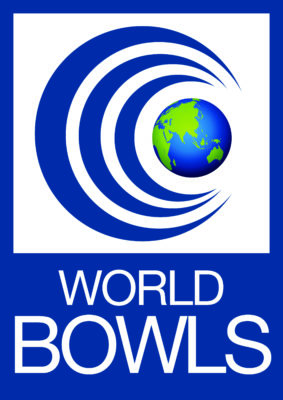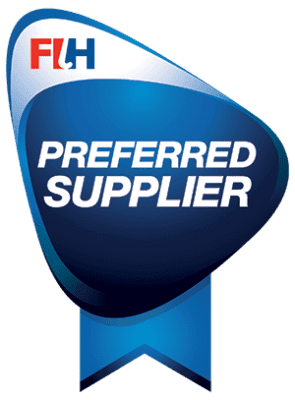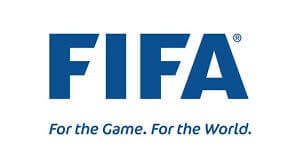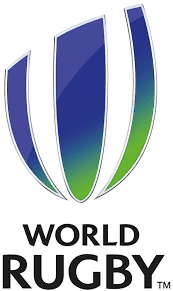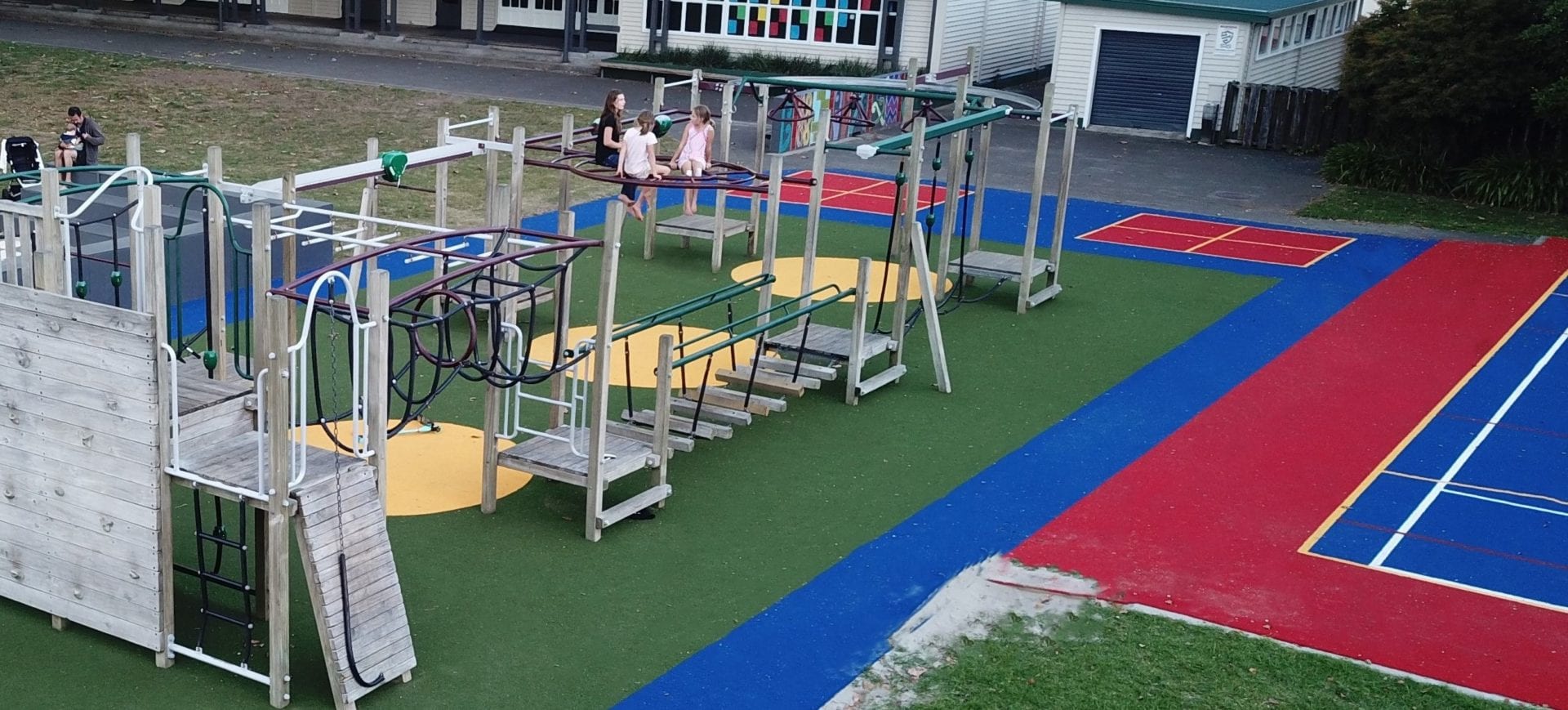
Safety is one of the most important features of a children’s playground, whether it’s in a backyard, a school, or a public park. But there are plenty of other things to consider as well.
See how TigerTurf meets playground safety regulations
In New Zealand, the main surfaces chosen for playgrounds are bark and synthetic turf. Each of these surfaces has its own advantages and disadvantages, so in this article, we’ll go through what those are.
While we are a synthetic turf supplier, we think that it’s important that you can make an informed decision about your playground surface. One may be more suitable than the other, depending on your needs.
Quick-find:
The advantages of synthetic turf
The disadvantages of synthetic turf
It’s always nice to work with natural materials when possible, especially when children are involved. Bark provides a good playground surface because it’s:
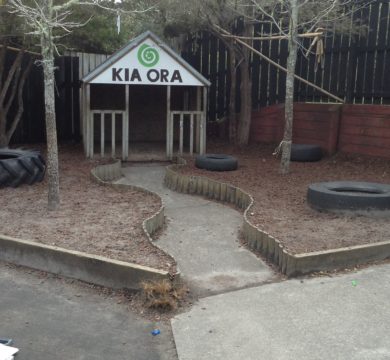 expensive
expensiveBark is the least costly material for surfacing a children’s playground.
Bark can be delivered and poured into the playground pit, then levelled out.
Without fail, kids are going to fall from time to time. Bark isn’t a bad surface to land on, and absorbs a lot of impact from the fall, resulting in fewer injuries.
Being outdoors feels good for kids (and grown-ups, too!), so it’s nice to use elements of the natural environment when possible.
While bark is a natural, inexpensive material, it does have a few drawbacks.
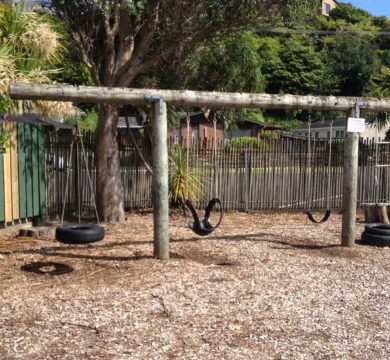
Accessibility is a big consideration for children’s playgrounds, because kids that use wheelchairs and walkers want to be able to play, too. A bark surface isn’t suitable for getting mobility devices from point A to point B.
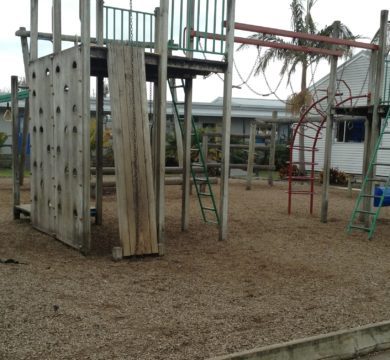 Kids might eat it
Kids might eat it… or get it in their ears, nostrils, and so on. Children like to taste things, and we can’t always trust their taste buds. They also may get nasty splinters from the wood.
If you want anything more than a bark pit, you’ll have trouble achieving a customised design with bark.
Bark may be treated with allergens or toxins. It’s also subject to microbial growth when it gets wet, and makes a nice hiding place for insects, not to mention other foreign objects.
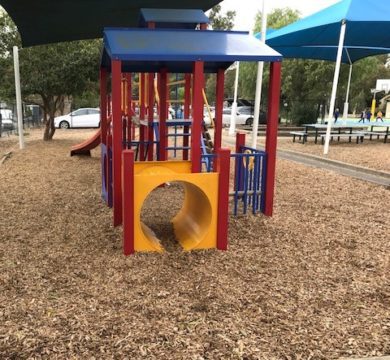
Bark will also be displaced around play equipment by foot traffic and the elements; it becomes unevenly distributed around the playground area, leaving some areas with less soft-fall than others, especially where children come on and off equipment.
Because of this, bark can become somewhat high maintenance – you need to regularly rake and level it, check for foreign objects and excrement, and clean up any bits that spill over onto the footpath or surrounding area. You also need to regularly replenish the level of bark in the playground, as it does break down naturally over time and with exposure to the elements.
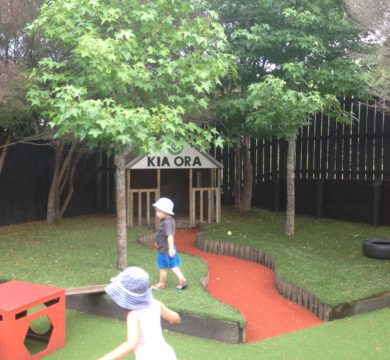 No harmful chemicals or allergens
No harmful chemicals or allergensUnlike real grass, synthetic turf doesn’t require any lawn care chemicals. Unlike bark, it isn’t treated with anything that may be toxic. And unlike both real grass and bark, synthetic turf doesn’t contain any potential allergens.
Artificial grass ensures a smooth, level surface for mobility devices, enabling all children and parents access to the playground.
For a children’s playground, you need a surface that can stand up to consistent use, and not degrade as a result. Artificial turf usually comes with a guarantee of its life span, so you’ll know how long to expect it to last before it needs replacing or repairs. Most turfs last 15-20 years.
Artificial turf also stands up to the elements much better than bark, and doesn’t degrade with changes in the weather.
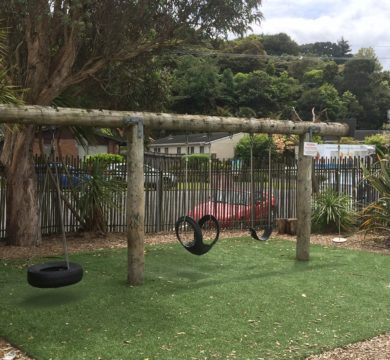 Absorbs impact
Absorbs impactLike bark, artificial turf is great for absorbing the impact of accidental falls and deliberate jumps. But unlike bark, it achieves this through its base layer, in which softness and springiness can be controlled for maximum bounce and minimal tears.
Additionally, the performance of turf is constant over the entire surface as the base layer cannot be displaced the same way bark can.
Getting the kids back outside after it’s been raining is often a bonus, especially if they’ve been cooped up for some time. With the correct base construction, drainage pad and synthetic turf in place, Children are able to get on the surface more quickly after rain due to the drainage properties that exist within a synthetic turf surface.
Not only can it aesthetically mimic real grass, an artificial turf surface actually gives you full control of the playground environment.
You can use different base layers with varying degrees of impact absorption according to the risk of injury for falls, and grass layers with varying tractions according to whether kids need to land, scoot, or run on the area.
You can colour-code the playground surface area, or customise the markings to delineate different zones and inspire additional modes of play.
Colour and games options give children the opportunity for noire imaginative and creative play while also giving the overall playground a more dynamic feel to that of bark infill.
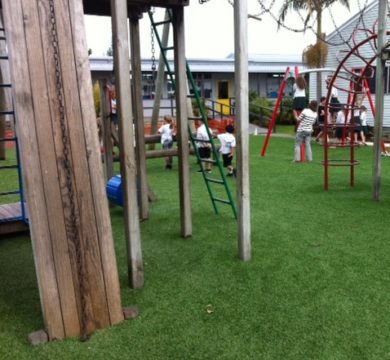 The initial cost
The initial costSynthetic turf comes with a higher price tag than bark up front, but over time, if properly installed, it costs little to nothing to maintain.
Some artificial turfs can get hotter than real grass under the sun. However, when compared to rubber tiles (another popular surface for playgrounds), it’s cooler.
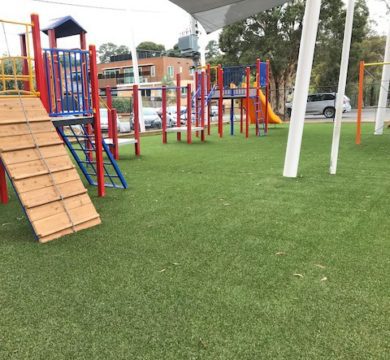
If the artificial turf is placed near highly reflective surfaces, some inferior types may melt.
If the turf is incorrectly installed and doesn’t have the right base layers, problems can arise down the line, particularly with drainage – you want a playground, not a kiddie pool! It’s important to get an installer that you trust to do the job to avoid costly replacements.
Unsurprisingly, we thoroughly believe that synthetic turf is the best option for surfacing children’s playgrounds. It offers you control over impact, design, maintenance, and what the kids are exposed to. It’s easy to clean – which is a huge advantage to anything that children are playing on or with – and as long as it’s well installed, it will last for many happy years of play.
There are a great deal of factors to consider when you’re surfacing a playground, and many regulations to take into account for public ones. It’s good to know that synthetic grass is capable of ticking all of the boxes.
If you’re considering options for a playground surface, why not get in touch? We’ve been surfacing playgrounds for many generations of kiddies, and we’d be happy to share what we know with you.

